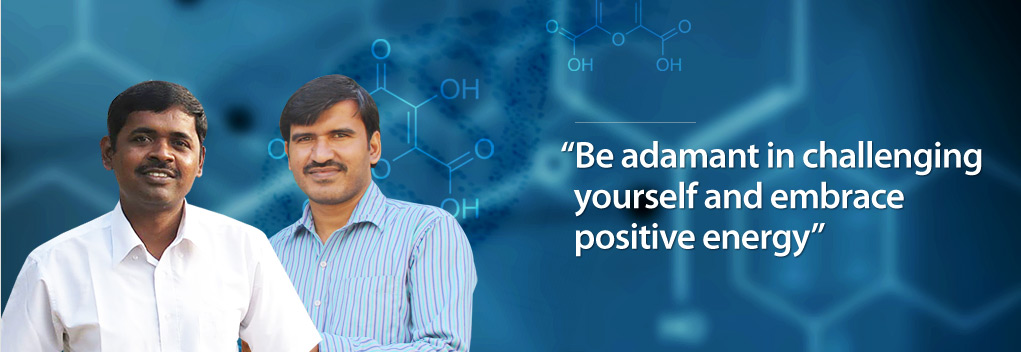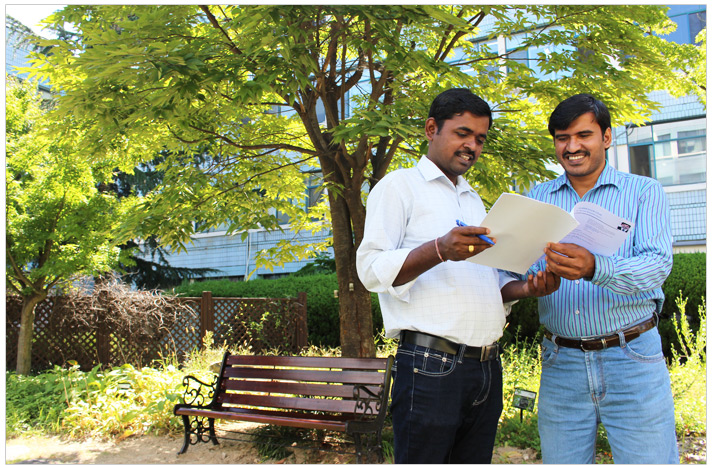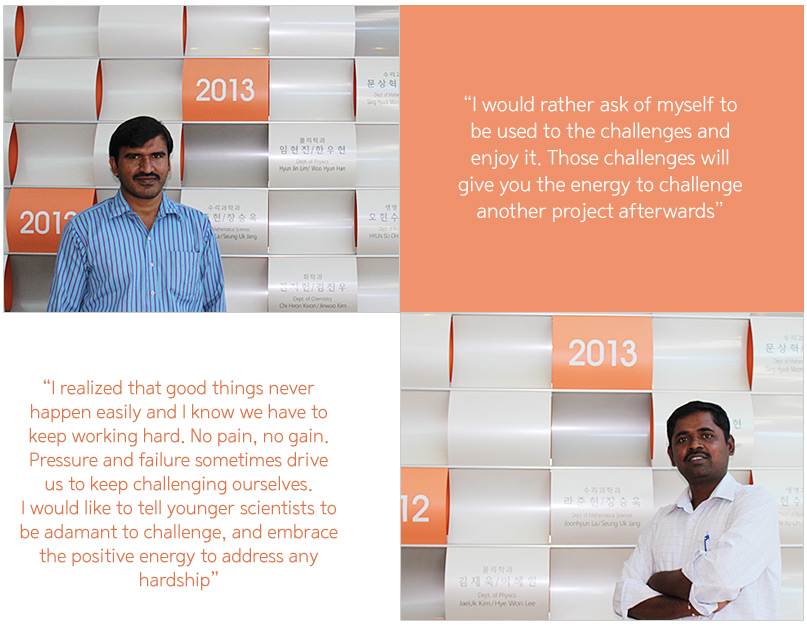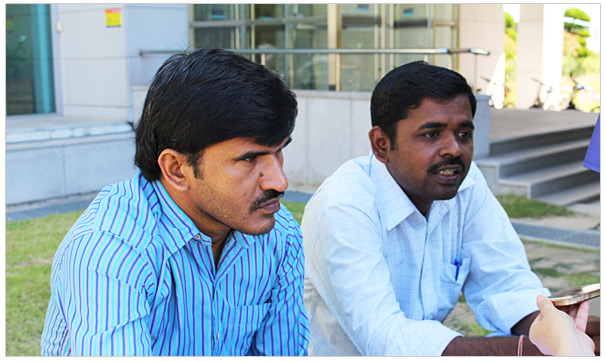주메뉴
- About IBS 연구원소개
-
Research Centers
연구단소개
- Research Outcomes
- Mathematics
- Physics
- Center for Theoretical Physics of the Universe(Particle Theory and Cosmology Group)
- Center for Theoretical Physics of the Universe(Cosmology, Gravity and Astroparticle Physics Group)
- Center for Exotic Nuclear Studies
- Center for Artificial Low Dimensional Electronic Systems
- Center for Underground Physics
- Center for Axion and Precision Physics Research
- Center for Theoretical Physics of Complex Systems
- Center for Quantum Nanoscience
- Center for Van der Waals Quantum Solids
- Chemistry
- Life Sciences
- Earth Science
- Interdisciplinary
- Institutes
- Korea Virus Research Institute
- News Center 뉴스 센터
- Career 인재초빙
- Living in Korea IBS School-UST
- IBS School 윤리경영


주메뉴
- About IBS
-
Research Centers
- Research Outcomes
- Mathematics
- Physics
- Center for Theoretical Physics of the Universe(Particle Theory and Cosmology Group)
- Center for Theoretical Physics of the Universe(Cosmology, Gravity and Astroparticle Physics Group)
- Center for Exotic Nuclear Studies
- Center for Artificial Low Dimensional Electronic Systems
- Center for Underground Physics
- Center for Axion and Precision Physics Research
- Center for Theoretical Physics of Complex Systems
- Center for Quantum Nanoscience
- Center for Van der Waals Quantum Solids
- Chemistry
- Life Sciences
- Earth Science
- Interdisciplinary
- Institutes
- Korea Virus Research Institute
- News Center
- Career
- Living in Korea
- IBS School
News Center
| Title | Be adamant in challenging yourself and embrace positive energy | ||||
|---|---|---|---|---|---|
| Name | Department of Communications | Registration Date | 2015-10-15 | Hits | 3477 |
| att. |
 thumb.jpg
thumb.jpg
|
||||
|
Be adamant in challenging yourself and embrace positive energy IBS and Korea create the perfect catalyst for two Indian chemists to shape a lasting friendship and forge a successful research career within IBS
In India, the two did not know of each other’s existence. They did not know what shared interests they held, nor did they realize that one day they would embark on a journey that would see them travel across a continent and settle in the same metropolis in central Korea. Today both Dr. Gandhamsetty Narasimhulu and Dr. Ramesh Dateer have formed a strong bond through their shared admiration of chemistry and the vast opportunities afforded to them by their adopted home of Korea. They are now fully geared toward writing a new chapter of their shared history in their research career. Both doctors now form part of what’s known as the ‘Chang Group’, a collection of research fellows under the instruction and guidance of Sukbok Chang, director for the Centre for Catalytic Hydrocarbon Functionalization.
“I am so impressed with Korean people’s passion and sincerity toward their work. I was especially surprised that my colleagues were very specific and savvy on what they wanted from us in our research.” said Dr. Narasimhulu, who started his research career at the center in 2013 after finishing his Ph.D. at the Indian Institute of Chemical Technology. Dr. Narasimhulu referenced the excellent research infrastructure and the network of Director Chang as the main reasons for him choosing Daejeon despite offers from Japan and the U.S. “The research infrastructure here is second to none.” he said. Dr. Dateer, joined IBS last year after completing his Ph.D. at National Tsing Hua University in Taiwan also agreed that the research environment at IBS was a huge influence on his decision to settle in Daejeon and undertake his research. ”Such state-of-the art lab facilities are very critical in producing good results especially in the area of chemistry.” he said. A platform for successDr. Narasimhulu mainly investigates the silylative reduction of nitrogen containing compounds and biomass conversion, and has been published in three high impact journals including the Journal of the American Chemical Society. He succeeded in developing an unprecedented silylative reduction of conjugated nitriles, quinolines, and pyridines to synthetically versatile silyl substituted amines, tetrahydroquinolines, tetrahydropyridines, and piperidine molecules forming a sp³ carbon-silicon bond exclusively beta to nitrogen by using triarylborane and silanes. The reduced products like silylated and its oxidized products are important building blocks, as well as versatile intermediates, in the synthesis of alkaloids, pharmaceuticals, and agrochemicals. Organosilicon molecules and silicon derivatives have been used for medicinal purposes. It also has been highly useful as synthetic intermediates in organic synthesis and industrial polymer chemistry. Moreover, silyl groups are used as a versatile precursor that can be converted into various reactive intermediates with diverse chemical properties. He believes his study will bring a strong impact not only to synthetic organic chemistry but also to organometallic chemistry as well as related academic research and industry. He adds, “Synthesis of silicon containing compounds will give very meaningful results in organic and polymer chemistry. These procedures make the existing industrial process viable for a more practical, convenient, and scalable one with high turnover numbers (TONs).
Dr. Narasimhulu goes on, “I am also interested in biomass conversion. I would like to investigate the biomass conversion derived from feedstocks such as lignin model compounds to aromatic compounds and fine chemicals under mid Lewis acidic catalytic conditions. Then, biomass will be converted into a simple one or two step procedure through a mixture of molecules with similar functionalities which can be used as building blocks in synthesis.” Meanwhile, Dr. Dateer is focusing on the areas of C-H functionalization and metal catalyzed new organic transformation. In order to increase the molecular complexity of simple organic substrates, the metal-catalyzed activation of C-H bonds has been widely recognized as an economic and waste reducing strategy in the formation of C-C,C-O, and C-N bonds. To improve the economic efficiency a tremendous number of synthetic methods have been established so far. The development of transition metal-catalyzed redox-neutral C-H activation procedures has received much attention in which redox-active functional groups serve as a directing group as well as an oxidant. Redox reactions with the cleavage of weak N-O bonds can also lead to an oxygen-atom transfer to C-C bonds, leading to diverse atom and redox-economical transformations. Accoding to Dr. Dateer, this reaction is highly atom-economical and environmentally friendly especially when compared with other methods such as C-X or C-M functionalization. “oxygen atom transfer from amine N-oxides, and oximes also makes a considerable impact in synthetic organic chemistry.” Dr. Dateer thinks that one of the most ideal ways to meet this demand would be through selective functionalization of inactivated carbon hydrogen (C-H) bonds. “The successful development of practical C-H activation methods will revolutionize the strategies available for the synthesis of natural products, pharmaceuticals, and other industrially relevant targets. Due to the ubiquitous nature of C-H bonds in organic molecules, such an approach is very challenging since it would require reagents that are sufficiently reactive to cleave the strong C-H bond, but still able to be selective and controllable.” He said that the activation of unfunctionalized C-H bonds has been extensively studied over the past 20 years, but the development of a practical catalytic method has proven to be very demanding. In fact, activation of C-H bonds through oxidative addition of a highly reactive metal complex has been explored in many ways. However, the difficulty associated with regeneration of the highly reactive complex has complicated the efforts to achieve a catalytic process. The two chemists shared the view that scientists should prove themselves through publication. Dr. Narasimhulu has been published in three high impact journals. In 2014 he was published in the Journal of the American Chemical Society and in 2015 saw two papers published in Angewandte Chemie International Edition and the Journal of Organic Chemistry. He has submitted an additional paper to the Journal of American Chemical Society. “I am very glad that my research work is finally getting recognized here.” he said. “Working as a scientist especially in the areas of chemistry is very challenging. My research needs my full attention, dedication, commitment, and consistency in order to reach the goals that I have set for myself.” said Dr. Dateer. “Thinking back, the most rewarding and happiest moment was publishing my first and sole author paper at the Journal of American Chemical Society this year under the supervision of Director Chang.” he said. He is very appreciative of having established a very close working relationship with Director Chang. “When Director Chang invited my family for dinner to celebrate my first publication, I felt that all of my hard work had been finally recognized and I am very grateful for him. I think research is the result of a team effort rather than an individual’s effort. Director Chang gave me good direction and honest advice whenever I faced big problems.” he said.
Meanwhile, Dr. Narasimhulu said he is preoccupied with the ideas on how to modify the lab design in order to better garner what he wants in the lab. In many cases, his research didn’t go as he had planned, and he experienced many trials and tribulations. “In a way.” says the frank doctor, “I would rather ask of myself to be used to the challenges and enjoy it. Those challenges will give you the energy to challenge another project afterwards.” he adds. Living in a foreign country, with young families, might have presented difficulties for the two doctors, however, having spent three years in Taiwan, the transition was an easy one for Dr. Dateer. “My wife loves Korean dishes, especially Kimchi. She and my daughter have Korean friends, and my wife has learned to make kimchi from them.” said Dr. Dateer. However, he said that the cold winter weather seems so cruel but his family saw snow for the first time in their life in Korea. “I think there is no significant difference in terms of the working capacity or the environment of the two countries. But the Korean people’s sincerity, punctuality, and rules and regulations well exerted into the every sector of society moved me a lot. I am impressed that people abide by the rules and regulations well and that the society is running well according to those rules and regulations.” Both admit to feeling the strain and stress of having a thirteen hour job that prevents them from spending enough time with their families. “We have come to the conclusion that when our family is happy, we can fully concentrate on our work.” the two chemists agreed. “We know a lot of new opportunities lie ahead of us. How to balance work and family will complete my career as a head of a household as well as a scientist.” Dr. Dateer said. Fully satisfied with the research infrastructure at IBS, Dr. Narasimhulu thinks he could realize his research goals quickly thanks to the state-of-the-art facilities and good working environment. Now, he continues to research medicine benefitting cancer treatment. Dr. Dateer seems to be more philosophical. He says he wants to be a good scientist as well as a good person who always challenges himself to do new things. “I realized that good things never happen easily and I know we have to keep working hard. No pain, no gain. Pressure and failure sometimes drive us to keep challenging ourselves. I would like to tell younger scientists to be adamant to challenge, and embrace the positive energy to address any hardship.” he concludes. |
|||||
| Next | |
|---|---|
| before |
- Content Manager
- Public Relations Team : Suh, William Insang 042-878-8137
- Last Update 2023-11-28 14:20















